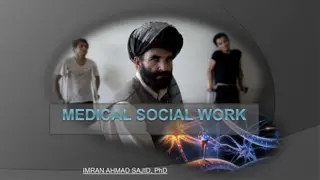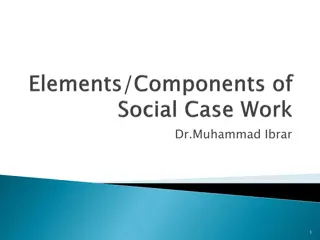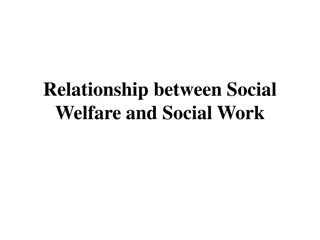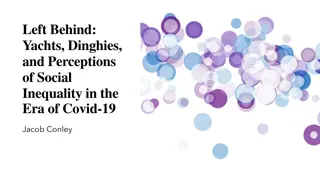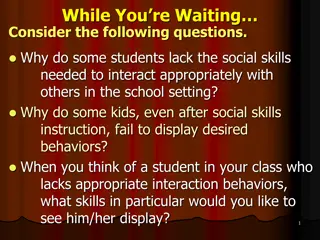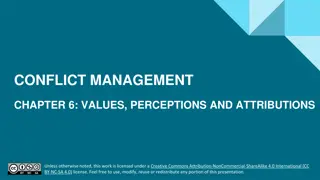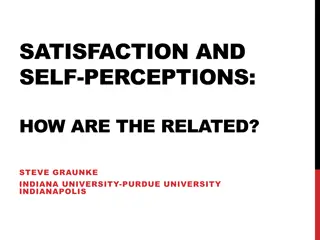Insights into Social Perceptions
Understanding how individuals form impressions and make predictions about others based on limited information and stereotypes. Exploring attribution errors and biases in social interactions. Examining tendencies to view ourselves favorably while attributing negative outcomes to external factors.
Download Presentation

Please find below an Image/Link to download the presentation.
The content on the website is provided AS IS for your information and personal use only. It may not be sold, licensed, or shared on other websites without obtaining consent from the author.If you encounter any issues during the download, it is possible that the publisher has removed the file from their server.
You are allowed to download the files provided on this website for personal or commercial use, subject to the condition that they are used lawfully. All files are the property of their respective owners.
The content on the website is provided AS IS for your information and personal use only. It may not be sold, licensed, or shared on other websites without obtaining consent from the author.
E N D
Presentation Transcript
When I know some things about another person, I can pretty easily fill in what I don t know. I make predictions about people s behavior that generally prove to be true. I base most of my impressions of people on the first few minutes or our meeting. I have clear ideas of what people of different national, racial and religious groups are really like.
How do you interpret the way these people look?
Image #1
Image #2
Image #3
Image #4
A woman named Bertha The individual that just held you at gun point A teacher at a grade school The CEO of a major finance company
Carlo is energetic, eager and (intelligent, stupid). Ava is attractive, intelligent and (likable, unlikable). Jim is handsome, tall and (friendly, unfriendly). Emma is cheerful, positive and (outgoing, shy). How did you know what word best fit?
Attribution is the process by which we try to explain the reason for another person s behavior. There are many attribution errors we make. The basic attribution errors are:
We see ourselves in the most generous terms possible. When we suffer, we find explanations outside ourselves. When others suffer we blame the problem on their personal qualities. What is an example of this?
We pay attention to intense stimuli. We pay attention to repetitious stimuli. We pay attention to contrastive stimuli. Our motives also play a large part (if you are hungry, you notice restaurants).
The tendency is to give greater weight to early information, and to look at later information based on that first impression. This can be a problem because we may choose to ignore certain information about people, or we may not be willing to change our initial impressions.
- Margaret Thatcher Keep an open mind and be willing to change your opinions if events prove your first impressions were mistaken. Is it hard to change a person s impression of you?
We imagine that others have the same attitudes and motives as us. For example, a person with low self-esteem might imagine that others view them in a negative way, whereas people with high self-esteem might imagine that others like them too. Can you think of other situations where this exists?
When presented with both positive and negative traits, we cling to the negative. If the negative outweighs the positive, this makes sense. This is a common mistake people make when screening potential friends or dates.
This is basically the system of rules that tells you which characteristics go with which other characteristics. You may assume people have certain qualities based on what you already know about the person. The theories we have differ from culture to culture, group to group and even person to person.
If a person has some positive qualities, you might assume they have other positive qualities that they may not have. The opposite is also true, you might assume negative things about people based on one or two negative qualities. Be careful of ignoring or changing qualities that don t fit your theory, but that are actually present in the individual.
Devito, Joseph A. Essentials of Human Communication. 5th ed. Boston: Pearson, 2005. 51-57. Adler, Ronald B., and George Rodman. Understanding Human Communication. 8th ed. New York: Oxford UP, 2003. 32-37.





